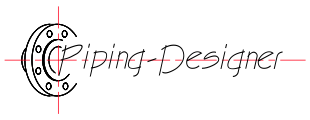Mechanical Engineering
Mechanical, Engineering
Mechanical engineering is a branch of engineering that deals with the design, development, and manufacturing of mechanical systems and devices, including machines, engines, and mechanical components. Mechanical engineers use principles of mathematics, physics, and materials science to design, test, and manufacture mechanical systems that are safe, efficient, and reliable. It requires a solid understanding of many key concepts including mechanics, kinematics, thermodynamics and energy. Practitioners of mechanical engineering, known as mechanical engineers, use these principles and others in the design and analysis of automobiles, aircraft, heating & cooling systems, manufacturing plants, industrial equipment and machinery, medical devices and more.
| Engineering |
| Mechanical Engineering |
- See Article - Mechanical Glossary

